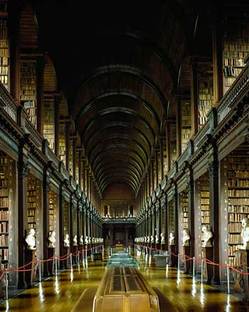 When I visited the Morgan Library and Museum* the other day, I popped into its exhibit called Great European Libraries: Photographs by Massimo Listri and, boy, was I surprised.
When I visited the Morgan Library and Museum* the other day, I popped into its exhibit called Great European Libraries: Photographs by Massimo Listri and, boy, was I surprised.
All book-lovers, library-lovers and photography-lovers who can should find a way to stop in for this exhibit, which runs only until Jan. 9.
I was unfamiliar with Listri’s work, though I am a big fan of Candida Hofer’s photographs of libraries. I entered the gallery expecting my preconceptions to be reinforced — that Listri probably couldn’t top Hofer. Her work sells in art galleries; he — I later learned — sells his work at the Maison d’Art’s MdA Today gallery in Monte Carlo, but is probably best know for his books: Magnificent Italian Villas and Palaces, Casa Mediterranea: Spectacular Houses and Glorious Gardens By the Sea; New Asian Interiors, and similar fare.
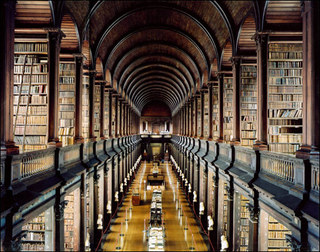 Well, it turns out that he doesn’t “top” Hofer, or the other photographers of her ilk. Listri’s works are equally good — they are just different. While both Hofer and Listri photograph empty spaces in public places, hers are somehow artsier and maybe a little richer; his are perhaps a bit slicker, maybe more architectural.
Well, it turns out that he doesn’t “top” Hofer, or the other photographers of her ilk. Listri’s works are equally good — they are just different. While both Hofer and Listri photograph empty spaces in public places, hers are somehow artsier and maybe a little richer; his are perhaps a bit slicker, maybe more architectural.
His Trinity College Library, Dublin, is at top, right. Hers is at left.
But it’s his show that’s on: large format (about 5 ft by 4 ft) photographs of about 20 iconic European libraries, all decked out in fine wood, marble, and other precious materials to create an opulent setting for books.
The exhibit is beautifully installed (take note of the three pictures arrayed along the diagonal, from the southwest corner of the gallery to the northeast corner) and well worth of a visit. Below, I’ve posted four of his works; from top to bottom, they are the Strahov Monastery Library in Prague, the Public Library in Naples, the St. Gall Monastery Library in Switzerland, and the Vatican Library. But you really have to see them in the flesh.
[Read more…] about The Morgan Reveals Listri’s Libraries, And What A Show They Are

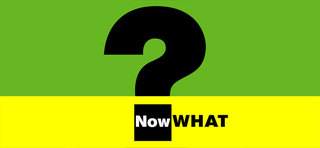
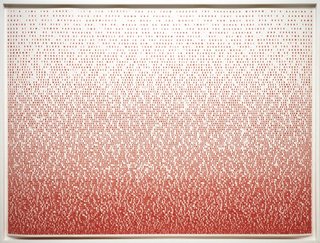 It
It 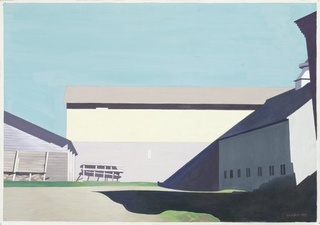
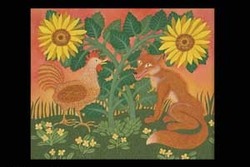
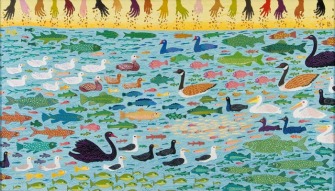 Alter began collecting these works in the 1980s. “My hope was to find a museum emphasizing inclusion and diversity; one working toward greater representation of art by women and artists of color in its permanent collection, exhibitions and outreach programs,” said in the
Alter began collecting these works in the 1980s. “My hope was to find a museum emphasizing inclusion and diversity; one working toward greater representation of art by women and artists of color in its permanent collection, exhibitions and outreach programs,” said in the 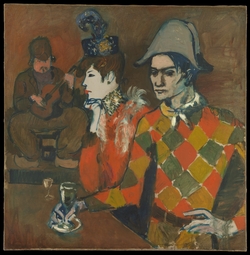 Late today, the Metropolitan Museum* put out a
Late today, the Metropolitan Museum* put out a 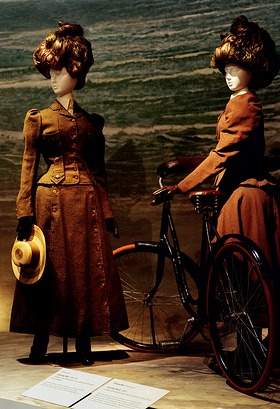 The museum did not provide comparable figures from the past, because its studies in the past covered only one or two exhibitions. In 2007, for example, its study assessed the economic impact of Cézanne to Picasso: Ambroise Vollard, Patron of the Avant-Garde and Americans in Paris, 1860-1900, which ran concurrently, and came up with the number of $377 million for economic impact.
The museum did not provide comparable figures from the past, because its studies in the past covered only one or two exhibitions. In 2007, for example, its study assessed the economic impact of Cézanne to Picasso: Ambroise Vollard, Patron of the Avant-Garde and Americans in Paris, 1860-1900, which ran concurrently, and came up with the number of $377 million for economic impact.